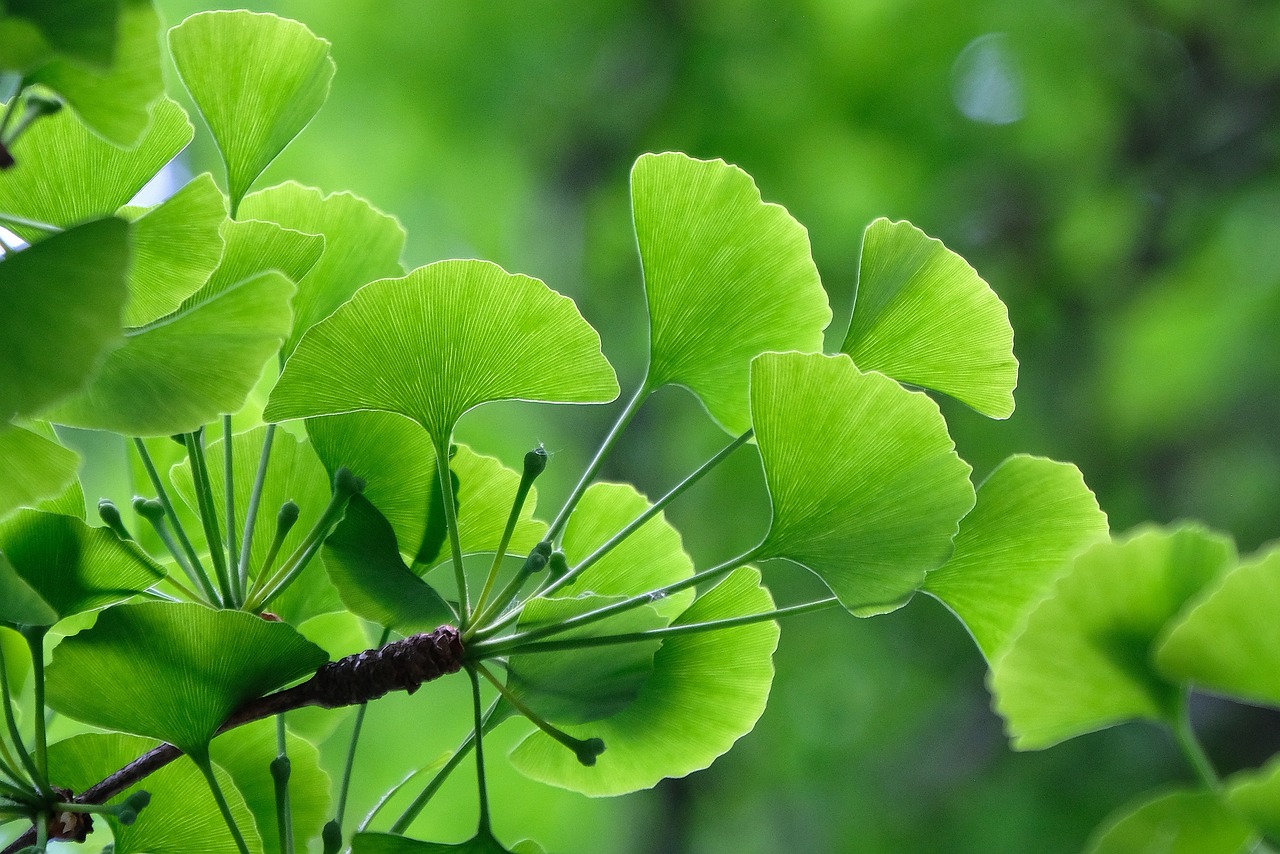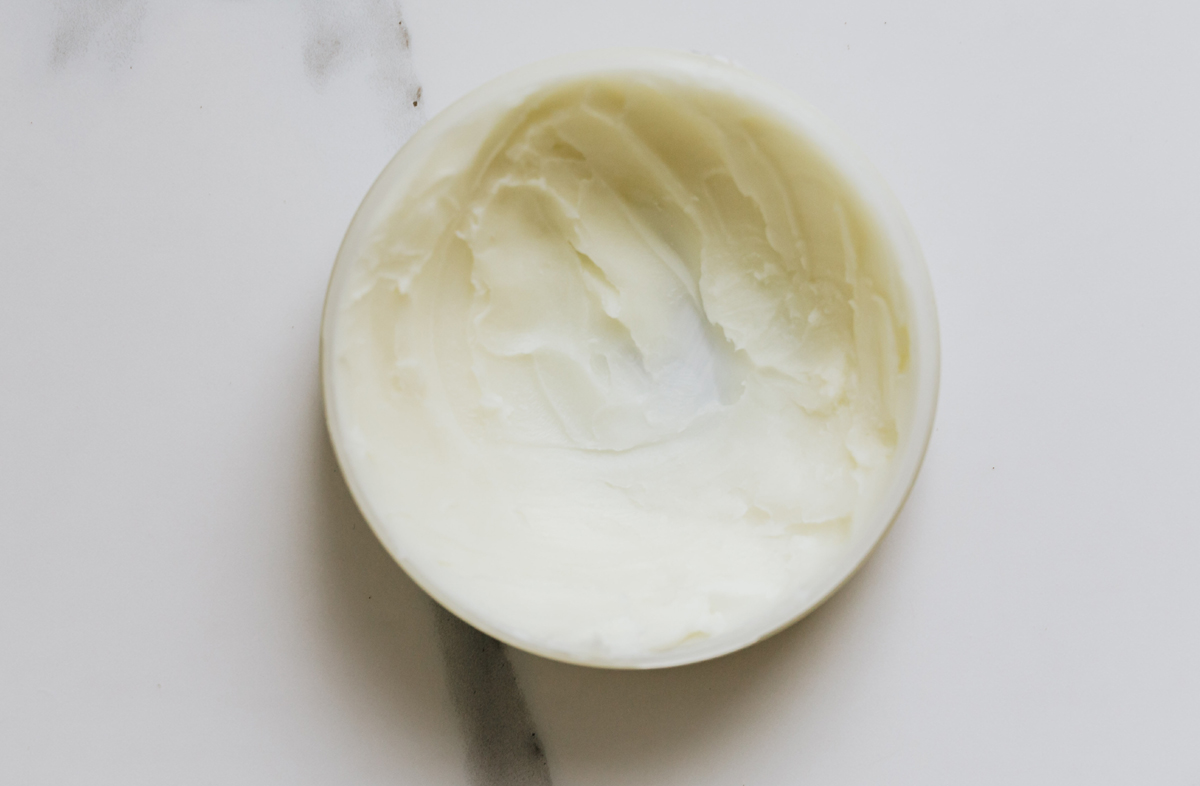Is Your Urine Color Warning You?

Every now and then a patient will tell me that their urine looks “funny” sometimes. When I ask them what they mean by that, they invariably tell me that it seems to change colors. They’re concerned if these color changes are anything to worry about. Here’s what I tell them:
What Color is Your Urine?
Urine can be different colors throughout the day depending on the amount of urochrome, a natural pigment, formed by the breakdown of red blood cells, which is present in urine.
Urine is the end-product of a complex filtration system that takes place in your kidneys constantly. What you drink, what medications/vitamins you take, what food you eat, how much water you drink, how hot or cold it is outdoors, can all affect urine color daily.
Usually urine is much darker and concentrated on the first void, or urination, of the day. This is because it has collected in your bladder for several hours overnight. It’s not unusual, then, to see dark yellow, dense-looking urine in the morning.
As the day goes on, however, if you’re not on medications or vitamins that contain coloring pigments, the color and density of your urine should lighten to pale yellow. If it does not, this may indicate infection or kidney problems that require medical attention.
Urine Color and Its Varied Meanings
As I reassure my patients, usually urine color changes are temporary from things we’ve eaten or drank and usually are just a good sign that our kidneys are filtering “foreign” substances out of our bodies. A little more water intake will help flush those substances out and return your normal urine color. Here are some examples of things that can sometimes turn your urine an unusual, but harmless, color:
Medications – some Rx drugs and over-the-counter constipation preparations can contain ingredients that turn the urine red, blue, orange, or green but will wash out with urination. These dyes can show up a few hours after taking the medication.
Vitamins – like medications, certain vitamins, like C and beta carotene, can turn urine bright orange, green, orange, or blue!
Foods – asparagus can turn urine greenish. Rhubarb, aloe, dark red berries can make urine darker, brown/red color. Yellow vegetables like carrots, squash, can turn your urine yellowish-orange.
When Urine Color is an Alarm
As I said earlier, most urine color changes are harmless and temporary. However, there are some instances where urine color can alert you to a medical condition that you need to have checked immediately. Here are some warning symptoms and conditions that can be present with urine color changes:
Dehydration – the most common urine “alarm” may be from lack of adequate water intake, too hot or too cold outdoor temperatures, or excessive sweating from sports. These conditions can dehydrate you and make urine darker than normal. Don’t ignore this as it is an alert that your body needs more water! Drink at least eight, 8 oz glasses per day, more if you’re sweating.
Diabetes – darker urine later in the day, frequent urination, strong “hay” smell to urine, can all be “urine” warning signs of diabetes.
Bladder/Kidney Infection – strong smelling urine, pain on urination, darker, heavier, pink or red-tinged urine (from blood that may be present), may include “foam”, fever, chills, pain on urination, could indicate a bladder, or even a kidney infection.
Liver disease – dark brown, heavy, urine, with light stools and yellowed whites of eyes could indicate hepatitis or cirrhosis.
Mercury or lead poisoning – urine can turn red from these conditions.
Kidney/bladder stones – urine can be very cloudy or “murky” from the calcium in the stones that washes into the urine.
High calcium levels – sometimes called “blue diaper” in children because the urine can turn blue from the presence of calcium. This usually alerts to a condition called hypercalcemia, or too much calcium.
Kidney problem – urine amount can decrease and be very dark amber to brown in color. This can indicate that the kidneys are not filtering correctly and not producing much urine.
>> Can Weight Loss Help Urinary Incontinence?
Who is at Risk for Urine Alerts?
As I explain to my patients, as you get older, you become more at risk for certain age-related urine color changes and the conditions they may be alerting you to. In general, those risks are:
Men over 50 – tend to get blood showing up in urine from enlarged prostates and perhaps passing a kidney or bladder stone. Urine clarity changes can also be a signal.
Women – women tend to get more bladder infections especially as they approach menopause. Very heavy, darkish, burning urine, that can have blood in it, is almost always a warning sign of infection.
Remember, most urine color changes are not something you need to be concerned about and are a variation of how your urine filters throughout the day. However, if you cannot determine that your urine color changes are from medications, vitamins, foods, water intake, or if you have any of the warning signs listed here, please see a doctor immediately.
The Author:
Mark Rosenberg, M.D. – Institute For Healthy Aging








